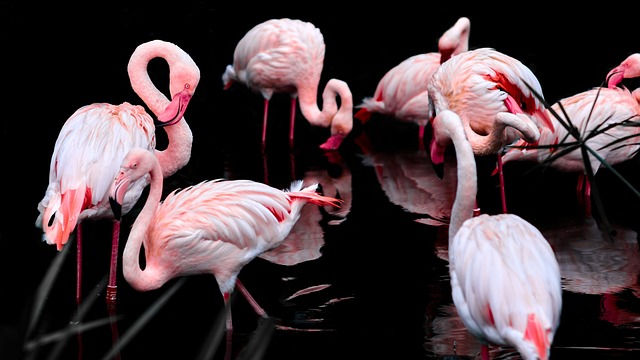As our thermometers gradually rise, most of us are thankful for warmer weather that accompanies March. It won’t be long until we shed our coats to don shorts and sandals.
Imagine, however, trying to survive temperatures at the boiling point. A certain species of microorganism actually thrives in 212 degree waters. This tiny lifeform, similar to bacteria, proliferates in boiling volcanic mud as well as in heat vents at the bottom of the ocean.
Similar species need minimum temperatures of 122 degrees which would yield third degree burns for us. Although most other life would be instantly killed by this extreme heat, these species have been specially created with resistant enzymes that prevent their destruction.
On the opposite end of the thermometer, wood frogs survive with no adverse effects even when up to 65 percent of their bodies turn to ice in the freezing cold. Because their livers produce extra glucose, which is a natural antifreeze, the frog’s cells are protected against damage even though its heart completely stops and its breathing drastically slows. Some frogs in Alaska can remain mostly frozen for up to 7 months and live to croak another day.
God ingenuously designed many creatures to withstand extremes of cold, heat, pH, and even radiation that humans cannot. These are known as extremophiles. Scientists are still learning about complex mechanisms God designed for such conditions and are adapting appropriate technologies to products that benefit humans.
God even engineered familiar birds like flamingos to survive extremes that would kill most other living things. These pink beauties often feed in water that is so acidic it would literally strip our skin off. What they eat is also toxic to most other species. The cyanobacteria they consume produce poisonous chemicals that will kill virtually all other animals within a few hours.
Flamingos can also drink water that is nearly boiling and even ingest either salt or fresh water due to specialized glands God designed and installed as standard on all models. In addition, these lanky birds can fly up to 350 miles without stopping at altitudes of 15,000 feet without pressurized cabins.
Another tiny microbe is known as the world’s toughest bacteria. It can survive over a thousand times as much radiation as humans. Because God enabled this extremophile to repair its own DNA, it is virtually indestructible.
God has also made us to handle extremes. Although we may not be able to drink boiling water or be frozen for six months, He has given us resiliency to handle the stresses of life. We can survive financial disasters, personal insults, and even destroyed relationships.
Although none of us enjoy such struggles, with God’s help, we can endure great difficulties and even emerge stronger from them. He has created us with mental, physical, and most importantly, spiritual resources that we often don’t need until we are faced with some hardship.
There’s an old saying that God won’t put more on us than we can bear, but that’s usually a misquotation of I Corinthians 10:13 which actually speaks about resisting sinful temptations. The writer assures us that there is no enticement we cannot overcome with God’s help.
This, however, highlights the most important aspect of surviving great hardships. Although all humans can endure a certain amount of stress, grief, or pain, none of us can handle the heavy doses that occasionally find their way into each of our lives. At such times, God never expected us to bear those difficulties alone. In fact, in many situations, He allows them so that we will stop depending on our own strength and look to Him for the help He freely offers.
If you’re going through the heat, cold, or acid of life today, seek God’s help to not only survive, but to grow and even to thrive in the midst of your challenges. God never meant for us to face them alone.
Blessings, George
